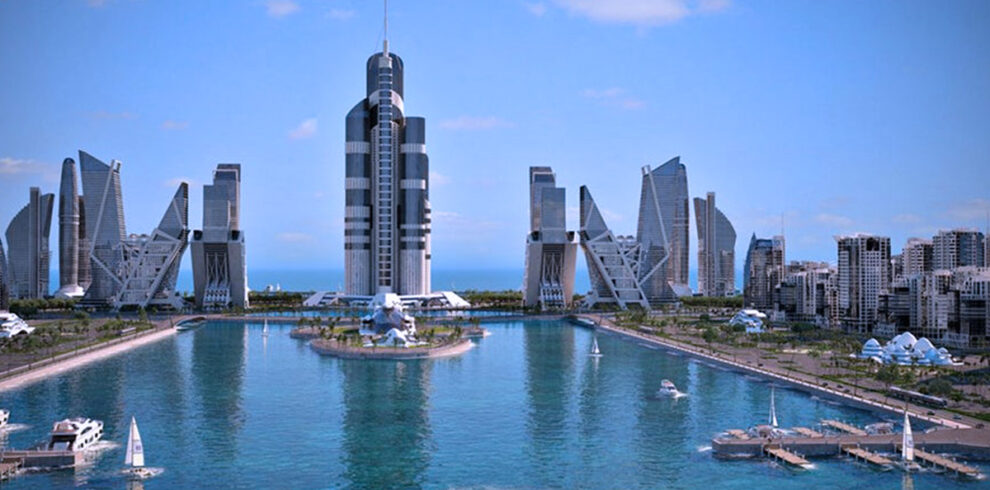Overview
Ranthambore National Park is a vast wildlife reserve near the town of Sawai Madhopur in Rajasthan, northern India. It is a former royal hunting ground and home to tigers, leopards and marsh crocodiles. Its landmarks include the imposing 10th-century Ranthambore Fort, on a hilltop, and the Ganesh Mandir temple. Also in the park, Padam Talao Lake is known for its abundance of water lilies.
» 1955– Established as Sawai Madhopur Gaming Sanctuary by Government of India (GOI)
» 1973 – Declared as the Project Tiger Reserve
» 1 Nov 1980– Became Ranthambore National Park
» 1984– Adjacent Forests were declared – Sawai Man Singh Sanctuary and Keladevi Sanctuary
» 1992– Tiger Reserve was expanded. The adjoining Keladevi Sanctuary was merged in the north and Sawai Man Singh Sanctuary in the south. And the total area became 1334 km
Ranthambore Park is divided into 10 zones where the Zone 1-6 are designated as the “core zones” and zone 7-10 are known as the “buffer zones“, and note that all zones have tigers.

Given that winter experiences the most conducive climate and is a great time to spot wild animals, it can be considered as the best season to visit Ranthambore
Home to the legendary tigress Machli, the zone 4 of the Ranthambore tiger reserve was the most preferred zone before the death of tigress Machli. However, it still is the highly preferred zone due to the presence of a few of the star tigers of Ranthambore such as T-19, T-25, T-28, T-41, T-64 and T-75.
The main reason why people travel to Ranthambore National Park is its rich wildlife. However, the park has much more to offer, including an ancient fort, magnificent temples, and a charming old hunting lounge. The area around Ranthambore is also filled with attractions to add to any must-see list.
Ranthambore National Park is not one of the biggest National parks of India, but surely it is the most famous one. Situated in the vicinity of the Aravali hills and Vindhya plateau, the Ranthambore forest spreads over an area of 1334 sq km with having the 392 sq km of the area as the national park. Highly revered for the natural habitat to the significant number of Royal Bengal tigers, the Ranthambore tiger reserve is very popular among the wildlife lovers for its diurnal tigers, which means tourist can easily spot a tiger during their day safari visit.
Attractions of Ranthambore Fort
Polls: There are number of Polls or gateways in Ranthambore Fort that symbolize typical Rajasthan architecture. Some of the special Polls are Hathi Poll or elephant gate, Bada Darwaza or big gate, Mor Dwara or peacock gate, Ganesh Poll or Hindu elephant God Gate, Suraj Poll or Sun Gate and Navlakha Poll or the Nine Lakh Gate. Each poll has a different dimension of its own and present various form of architecture.
Ganesh Temple: Among the many temples located inside the fort, this is the main attraction. This religiously significant temple is located at the main gate of the fort. People from all over the country come to this temple to seek the blessings of the revered Hindu God as well as invite Lord Ganesha for auspicious and special occasions like weddings, births and more. It is a centre of attention for a flock of devotees. Thousands of pilgrims arrive at this temple from various parts of the country to worship the deity.
Bada Mahal: The Bada Mahal is situated in the northern part of the fort. Another main attraction of the fort is seemed to be built in the clouds. This Mahal has a vast 84 column hall where Hammir Singh used to conduct his meetings and conferences. Although this architectural piece has been ruined during the wars, but the 61 m high walls of Bada Mahal still stand tall.
Gupt Ganga: Ranthambore fort also consists of lakes and ponds. Gupt Ganga is one of the four water sources in the fort and the fascinating point about this is that it does not get dry even in the summers. Generally different animals are spotted around this lake and if the visitors are lucky, they get a chance to see a leopard.
Bhamttiskhamba Chattri: This a dome located inside Ranthambore Fort. It is supported by 32 pillars. Though it is vanquished now but the tourists can see the glimpses of its beautiful past through carvings and murals. Shiv temple lies below it and it is said that is was frequently visited by King Hammir.
















